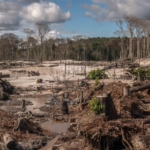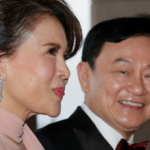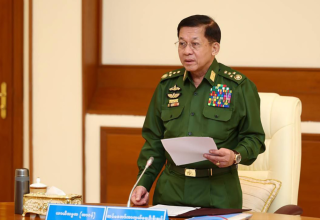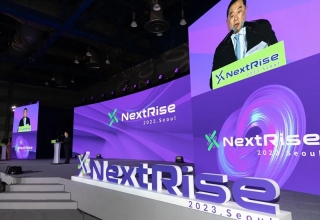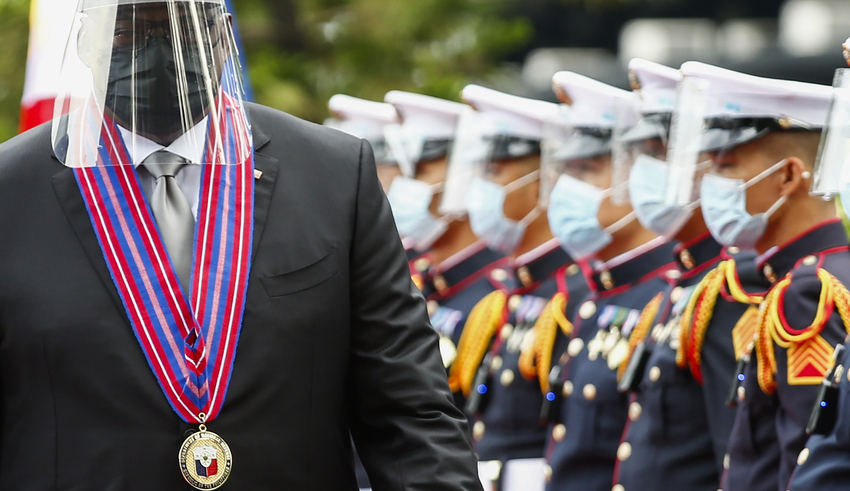
Nearly nine years after both nations signed the Enhanced Defense Cooperation Agreement, the Philippines and the United States have agreed on four new local bases in the Philippines where American forces will be permitted to construct facilities and deploy defense hardware (EDCA).
The statement was made on Thursday, February 2, as US Defense Secretary Lloyd Austin visited the Philippines for the first first time during the Marcos regime.
“Today, the Philippines and the United States are pleased to announce their plans to accelerate the full implementation of the Enhanced Defense Cooperation Agreement through the designation of four new Agreed Locations in strategic areas of the country and the substantial completion of projects at the existing five Agreed Locations,” according to a joint readout.
The particular locations of these sites were not immediately available, although Philippine officials have stated that Philippine bases in Northern Luzon and Palawan, places near Taiwan, and the West Philippine Sea were being evaluated for access.
In addition to the sites identified in March 2016, the five new EDCA locations are Antonio Bautista Air Base in Palawan, Basa Air Base in Pampanga, Fort Magsaysay in Nueva Ecija, Lumbia Air Base in Cagayan de Oro, and Mactan-Benito Ebuen Air Base in Cebu.
The establishment of new EDCA stations is the most recent development since the two nations agreed to boost their military cooperation in the face of escalating tensions with China.
During US State Secretary Antony Blinken’s official visit to the Philippines in August 2022, the long-standing allies reaffirmed their “exceptional” and “vital” partnership, which they stated was essential for confronting mounting difficulties in the region.
Keep Reading
In recent months, experts and regional watchers have speculated that the new EDCA sites will include bases in Northern Luzon because to the region’s proximity to Taiwan, which shares a sea border with the northernmost Philippines.
In August 2022, in response to heightened tensions in the Taiwan Strait, Philippine Ambassador to the United States Jose Manuel Romualdez, a cousin of Philippine President Ferdinand Marcos Jr., stated that Manila would allow US forces access to Philippine bases “if it is important for our own security.”
Austin’s top priority in Manila was to “accelerate” the implementation of EDCA.
Analysts had seen the implementation of EDCA as a “major accomplishment” in Philippine-US defense ties, citing the agreement as crucial for both nations to fulfill their obligations under the Mutual Defense Treaty, which stipulates that they will defend one another in the event of an attack.
After a turnaround in the closing months of the previous Duterte administration and the receptivity of the incoming Marcos administration, the Biden administration has expressed optimism that defense ties with the Philippines could deepen.
The Philippines is also anticipated to receive an increase in US military help, with US officials awarding up to $100 million in defense funding to the Southeast Asian nation.
This does not include money from the Department of Defense.
The Philippines’ Department of National Defense announced in November 2022 that construction of EDCA projects in three additional military bases was anticipated in 2023, after the United States agreed to pay $66.5 million to begin constructing training and warehousing facilities.
As with the Visiting Forces Agreement, the then-president of the Philippines, Rodrigo Duterte, threatened to abolish the EDCA early in his term, stating that he does not want “any foreign power’s” soldiers in the Philippines.
Despite this, Duterte later supported EDCA in a 2017 meeting with then-US president Donald Trump, however its implementation remained delayed with the building of only one site beginning in 2018.
